Nepal government decision to open tourism takes the sector by surprise
Tuesday’s government announcement ending the four-month-long lockdown to, among other things, kickstart the tourism economy has taken tourism entrepreneurs by surprise
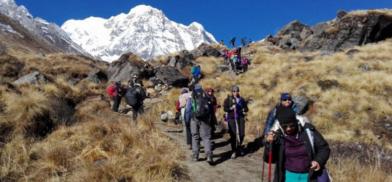
Tuesday’s government announcement ending the four-month-long lockdown to, among other things, kickstart the tourism economy has taken tourism entrepreneurs by surprise.
“It all happened rather more swiftly than we had anticipated,” said Yogendra Shakya, who owns hotels around the country.
Making public Monday’s Cabinet decision, Minister of Communication and Information Technology Yubaraj Khatiwada, who is also the government spokesperson, said on Tuesday, “The objective of the decision is not to hamper the upcoming tourist season in autumn.”
The government hopes that the decision would allow travel trade entrepreneurs to start bookings for the upcoming tourist season.
On Monday the government had said all international and domestic airline services will resume starting August 17. The government has also allowed hotels and restaurants as well as trekking and mountaineering activities to open from July 30.
“The big question now is what type of safety mechanism will work to make tourists feel comfortable,” said hotelier Shakya, who has been in the business for four decades.
Basanta Raj Mishra, a pioneer in Nepal wildlife tourism, too has similar concerns.
“We will move forward by trial and error. With the risk present if things go well, it will benefit all, but there are equal chances of things not going well,” said Mishra, who was also surprised with the government decision.
“Anything we do when we exit lockdown is not without risk. But this is a new normal tourism. There is risk but we have to be prepared to tackle it,” said Shakya.
Both agree that building confidence among potential tourists as well as global travel agents is the key.
The autumn season, from September to November, which attracts a third of the total annual 1.2 million tourists who visit Nepal, is mostly for adventure seekers who come to trek. Many small peaks too see heavy traffic during the autumn season, though there are only a small number of climbers on bigger mountains like Everest.
There is a general perception that if there is too much restriction, tourists will not come and neither will they if there is too much freedom, said Shakya.
“We have to take the risk factor seriously although we have not seen a second wave of the virus scare,” he said. “If we fail to convince visitors, it will be a difficult road ahead. But this is also an opportunity for us to revive the tourism sector.”
According to Mishra, tourists are eager to travel to Nepal and the industry expects that the 20 percent of bookings that were not cancelled after the lockdown to be filled.
When the lockdown was initially announced, tourism entrepreneurs had projected the effect to be much worse than the aftermath of the earthquakes in 2015, which was followed by India’s trade embargo.
Travel trade entrepreneurs say that at least 350,000 people working in the trekking and mountaineering sector, hotels and restaurants have been rendered jobless due to the impact of Covid-19 on tourism. The government estimated that Nepal suffered a monetary loss of Rs 40 billion in the four-month period.
With no guests, the Hotel Association of Nepal on Sunday decided to have a uniform pay for all hotel workers from the top management to the dishwasher.
But it is not all gloom and doom.
“Tourists have already started to inquire about Nepal’s status on allowing visitors,” said Shakya. “They have a few questions that Nepal needs to answer: Do tourists need to have a polymerase chain reaction (PCR) test, will they be welcomed in mountain villages, where do they go in case they get infected and what are the processes and protocols the government and agencies have to keep them safe?”
“These are the questions that Nepal needs to address to build the visitors' confidence,” he added.
Although the Nepal Tourism Board has already drafted health safety and operational protocols for trekking, hotels and restaurants, and the Civil Aviation Authority of Nepal also has enacted operation protocols for airlines and airports, these protocols are not simply enough because visitors want to be taken care of as soon as they arrive till they depart and trust on government mechanisms for their safety rather than private sector's measures in place.
Khum Bahadur Subedi, president of the Trekking Agencies Association of Nepal, feels that the board, which normally spent its funds on promotional activities in the overseas markets, now has to spend on health and safety infrastructure to increase confidence among potential visitors.
He proposed setting up clinics for the treatment of tourists if they are infected with the virus. “Besides, setting up a PCR testing centre in Nepal’s sole international airport is imperative to expand international travel,” he added.
Shakya agrees. “We have asked the government to follow what other countries are doing to build up visitor confidence,” he said. “The private sector and the Tourism Board can jointly fund the testing centre at the airport.”
Nepal has been investing billions of rupees for tourism promotional activities abroad. “But now, it’s time to invest for tourists' safety at home,” said Mishra. “If done right, tourism will pay back to the economy in the coming years and save jobs of millions, particularly in the mountain region where people entirely depend on tourist spendings.”


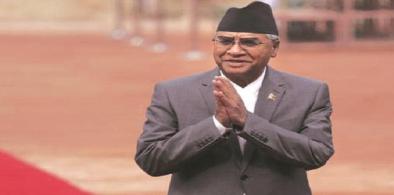
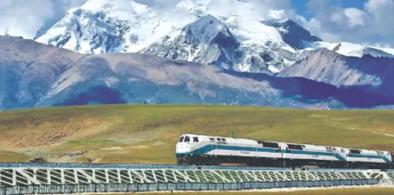
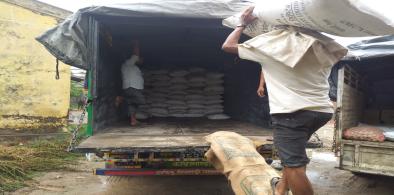

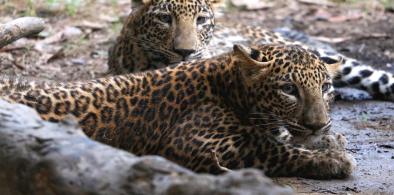
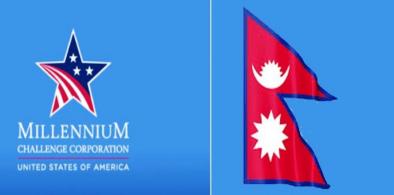
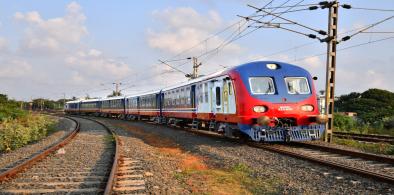
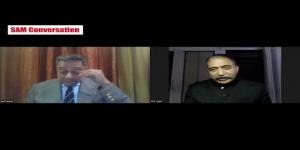
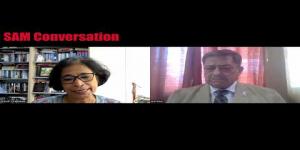



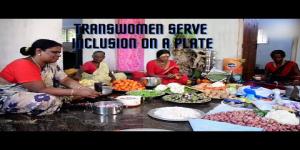

Post a Comment